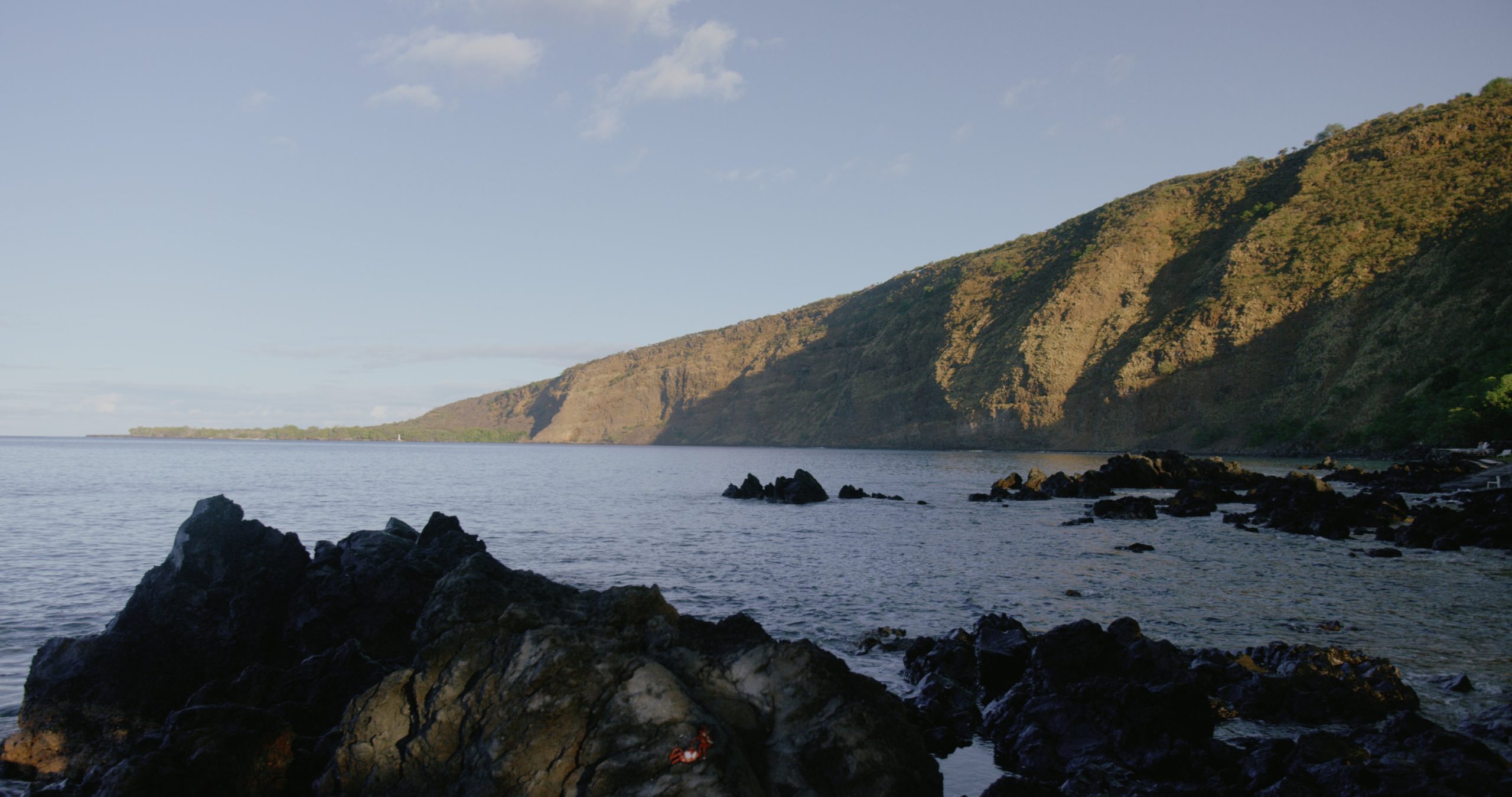
Everything You Need to Know About Kealakekua Bay
Kealakekua Bay: A Gem of the Big Island
Table of Contents
- History
- Activities
- Tours
- Rentals
- Cultural
- Places to Stay
- Reviews – Kona Boys
- Kona Boys Shop Info
- Places to Eat
- Local Wildlife
History
Kealakekua Bay, located on the Kona coast of the island of Hawai?i, approximately 12 miles south of Kailua-Kona, boasts a history that spans over a thousand years. The bay’s name translates to the ‘pathway of the gods,’ an apt reflection of its reverence and significance in Hawaiian culture and history. The area surrounding Kealakekua Bay is where the first documented European to reach the Hawaiian Islands, Captain James Cook, landed and subsequently met his untimely demise in 1779, marking a pivotal moment in the historical narrative of the region 1 3 .
Ancient Cultural Significance
The rich cultural heritage of Kealakekua Bay is deeply rooted in its role as a vital community hub for ancient Hawaiians. It served as a central point for social, spiritual, and economic activities, with rock-lined trails extending across the landscape to connect the bay with neighboring settlements, underscoring its historical importance as a focal point of ancient Hawaiian life.
The Legacy of Captain James Cook
Captain James Cook’s encounter with Kealakekua Bay in 1779 marked the first documented European landing in the Hawaiian Islands. The interactions that ensued between the European explorers and the indigenous Hawaiian population at the bay hold historical significance for understanding the convergence of cultures at the time. Regrettably, Cook’s time in the bay concluded with his tragic death, creating a lasting historical imprint on the region.
Declared Marine Conservation District
The bay’s natural wonders and historical significance led to its classification as a Marine Life Conservation District, a status that emphasizes the importance of preserving its marine ecosystem and cultural heritage. This designation enhances the protection of the bay’s invaluable resources, ensuring its historical and ecological importance endures for future generations to appreciate and learn from.
Kailua-Kona: An Integral Role in Hawaiian History
Kailua-Kona, the town situated approximately 12 miles north of Kealakekua Bay, is steeped in history and cultural significance. It served as the capital of the Kingdom of Hawaii from 1812 to 1845 and was a bustling center of political, cultural, and economic activity during that period. The historic Hulihe?e Palace and Moku?aikaua Church in Kailua-Kona are enduring relics that encapsulate the town’s historical legacy, offering valuable insights into Hawaii’s rich past and its enduring impact on the region 3 .
Cultural Heritage and Archeological Sites
The town of Kailua-Kona and its surrounding area are enriched with numerous archeological and historical sites, including religious temples and structures that reflect the ancient Hawaiian way of life. These sites provide a window into the cultural practices and beliefs of the indigenous people who inhabited the region for centuries, offering invaluable opportunities for historical and anthropological exploration.
In conclusion, Kealakekua Bay and Kailua-Kona are intertwined in a tapestry of historical and cultural significance that spans over millennia. From ancient Hawaiian societal centers to the encounters with Captain James Cook and the enduring legacy of Kailua-Kona as a hub of Hawaiian heritage, the region stands as a testament to the deep and enduring historical significance of the Big Island of Hawai?i.
Activities
Kealakekua Bay offers a myriad of activities, from snorkeling and kayaking to paddleboarding and swimming. The bay’s Marine Life Conservation District makes it an ideal spot for underwater exploration, and the bay’s calm, crystal-clear waters provide an excellent environment for marine activities.
Tours
Embark on guided kayak tours to explore the bay’s tranquil waters and the iconic Captain Cook monument. Local operators offer informative tours that delve into the historical and cultural importance of the bay, providing an enriching and unforgettable experience.
Rentals
Various rental services are available at Kealakekua Bay, offering equipment for activities such as snorkeling, kayaking, and paddleboarding. Visitors can easily access the gear they need for their aquatic adventures.
Cultural
Kealakekua Bay is a place where history, natural beauty, and cultural significance converge. Visitors can immerse themselves in the bay’s cultural heritage through educational tours, historical presentations, and interactions with the local community.
Places to Stay
The area surrounding Kealakekua Bay offers a selection of accommodations, including the recently renovated King Kamehameha Kona Beach Hotel and the scenic Manago Hotel, providing visitors with comfortable and convenient lodging options.
Reviews – Kona Boys
Kona Boys is renowned for its exceptional services and insights into the Kealakekua Bay experience. Their wealth of local knowledge and commitment to customer satisfaction make them a trusted source of information for visitors.
Kona Boys Shop Info
Kona Boys operates a shop near the bay, easing access to rental equipment, guided tours, and valuable advice for those exploring Kealakekua Bay. Their direct engagement with the local environment makes them an authority on the area’s attractions.
Places to Eat
Dining options in the vicinity of Kealakekua Bay include the Coffee Shack, Jackie Rey’s Ohana Grill, and the Strawberry Patch Restaurant. These establishments offer a delightful array of culinary creations, showcasing fresh and flavorful fare.
Local Wildlife
The waters and surrounding areas of Kealakekua Bay are home to a diverse range of wildlife, including local animals and fascinating sea creatures. This unique ecosystem provides ample opportunities for nature enthusiasts to observe and appreciate the natural wonders of the region.
More Interesting Kealakekua Bay Facts:
-
Historical Significance: Kealakekua Bay holds immense historical significance as the place where Captain James Cook, the first documented European to reach the Hawaiian Islands, landed in 1779. This event marked a crucial moment in the history of Hawaii, illustrating the convergence of different cultures at the bay 3 .
-
Marine Life Conservation District: Kealakekua Bay is designated as a Marine Life Conservation District, highlighting its ecological importance. This status emphasizes the need to safeguard the bay’s marine ecosystem, ensuring the preservation of its diverse underwater treasures for future generations to enjoy 1 .
-
Cultural Heritage: The name Kealakekua translates to the ‘pathway of the gods,’ reflecting the bay’s deep-rooted cultural heritage dating back over a thousand years. It served as a vital community hub for ancient Hawaiians, evident through the rock-lined trails connecting the bay to neighboring settlements 3 .
-
Underwater Exploration: The crystal-clear waters of Kealakekua Bay provide an excellent environment for marine activities such as snorkeling and diving. The bay’s vibrant marine life, coral reefs, and underwater topography make it an ideal spot for underwater exploration, offering visitors unparalleled opportunities to immerse themselves in the beauty of the ocean 2 .
-
Iconic Landmarks: Kealakekua Bay is home to the iconic Captain Cook monument, erected to commemorate the spot where Captain James Cook was killed in a conflict with the Hawaiian islanders. The monument stands as a reminder of the historical events that unfolded at the bay and attracts visitors intrigued by its historical significance 1 .
Kealakekua Bay State Historical Park (government website)
